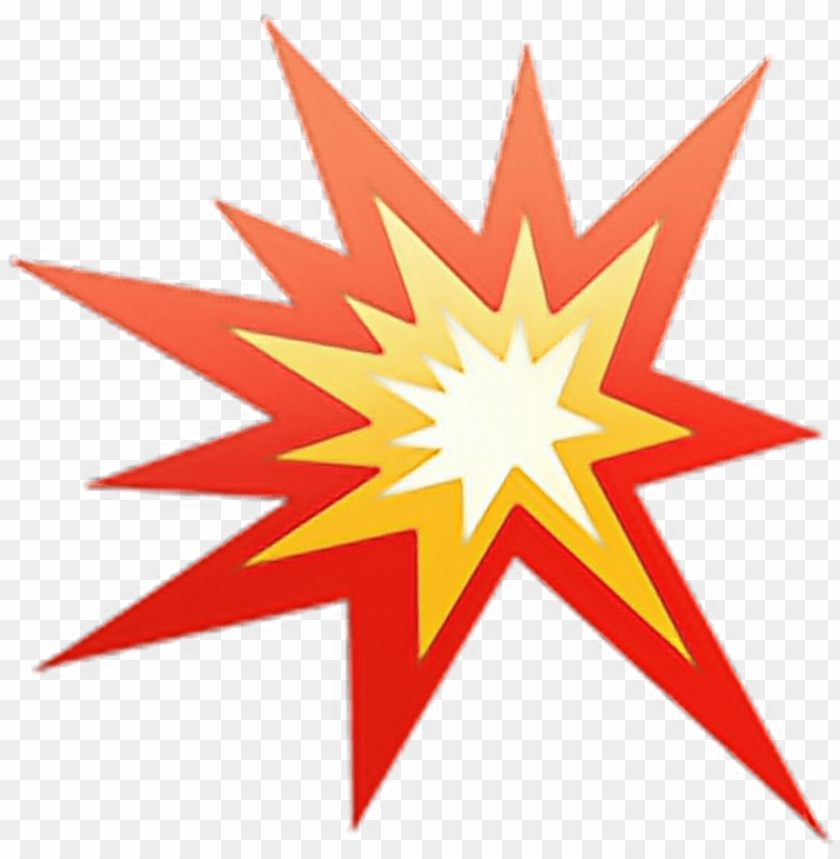Has the digital age fundamentally altered the way we express ourselves?
The resounding answer is yes, and the evolution of language, particularly online, demonstrates a dramatic shift towards visual communication. From the humble emoticon to the nuanced world of emojis, our emotional vocabulary has expanded beyond words, offering a new dimension to human interaction. This begs the question: what does this visual language truly say about us, and where is it headed? The rise of emojis isn't just a fleeting trend; it's a reflection of our increasingly fast-paced, visually-oriented world. Emojis offer a shorthand for complex emotions, adding depth and nuance to text-based communication that might otherwise be misconstrued. Take, for example, the seemingly simple "crash out" emoji. While its literal interpretation might evoke images of fiery explosions and car wrecks, its symbolic meaning is far richer. It can convey anything from overwhelming excitement to utter exhaustion, mirroring the slang usage of "crashing out" after a long day or an intense experience. This versatility is precisely what makes emojis so powerful. They transcend linguistic barriers, offering a universally understood lexicon of feeling.
| Aspect | Description |
|---|
| Term | Crash Out |
| Meaning (Slang) | To lose control, freak out, experience an outburst due to overwhelming stress or pressure; often associated with serious repercussions. Can also be used as a noun. |
| Emoji Representation | (Collision symbol), (Fire), (Hundred Points), and other related emojis. |
| Usage in Digital Communication | Expressing strong emotions (positive or negative), highlighting surprising events, or representing literal explosions/crashes. |
| Related Concepts | Emotes, online slang, visual communication, digital language evolution. |
| Reference | Dictionary.com |
This explosion of visual language isn't limited to emojis. Emotes, popularized in online gaming and streaming platforms, add another layer to digital self-expression. These animated actions, ranging from celebratory dances to subtle gestures, provide users with a dynamic toolkit for conveying personality and reacting to in-game or online events. As of December 22nd, 2024, a staggering 487 emotes exist within a single popular gaming platform, a testament to the growing demand for personalized digital expression. Accessing this vast library requires significant in-game achievements (24,050 kills) or a financial investment (12,947 Robux), highlighting the value placed on these virtual gestures. The nuanced interpretations of emojis like the "crash out" symbol underscore the evolution of online communication. It's no longer sufficient to simply state "I'm excited." Instead, we seek to convey the specific shade of excitement, the intensity of the feeling, and the context surrounding it. Emojis, with their inherent ambiguity, allow for this personalization. The collision symbol, for instance, can represent a literal car crash or symbolize a metaphorical clash of ideas, a mental breakdown, or even a particularly boisterous celebration. The rapid proliferation of emojis and emotes also raises intriguing questions about the future of language. Are we moving towards a more visual form of communication, where symbols supplant words? While unlikely to completely replace written language, visual elements are undeniably reshaping how we communicate, offering a powerful means of expression that transcends traditional linguistic boundaries. The fact that platforms are investing heavily in expanding their libraries of emojis and emotes, offering users increasingly personalized and customizable options, speaks volumes. It suggests that this visual language is here to stay, evolving alongside our digital lives and further blurring the lines between the virtual and the real. In a world saturated with information, emojis and emotes provide a powerful shortcut, conveying a wealth of meaning in a single image. Consider the myriad ways we use the "crash out" emoji and its related counterparts: the fire emoji to express burning passion, the hundred points symbol to celebrate a triumph, or the collision symbol to signify a sudden, impactful event. Each usage adds another layer of meaning to this evolving visual vocabulary, constantly being redefined and reinterpreted by its users. This organic evolution is a testament to the power of digital communication to shape not just how we interact but also how we think and feel. From simple expressions of joy or disappointment to complex narratives of personal struggle and triumph, emojis and emotes have become an integral part of our online lexicon. They allow us to connect on a deeper level, bridging cultural and linguistic divides with a shared language of emotion. As our digital lives continue to intertwine with our physical reality, this visual language will undoubtedly play an increasingly significant role in shaping the future of human communication.

